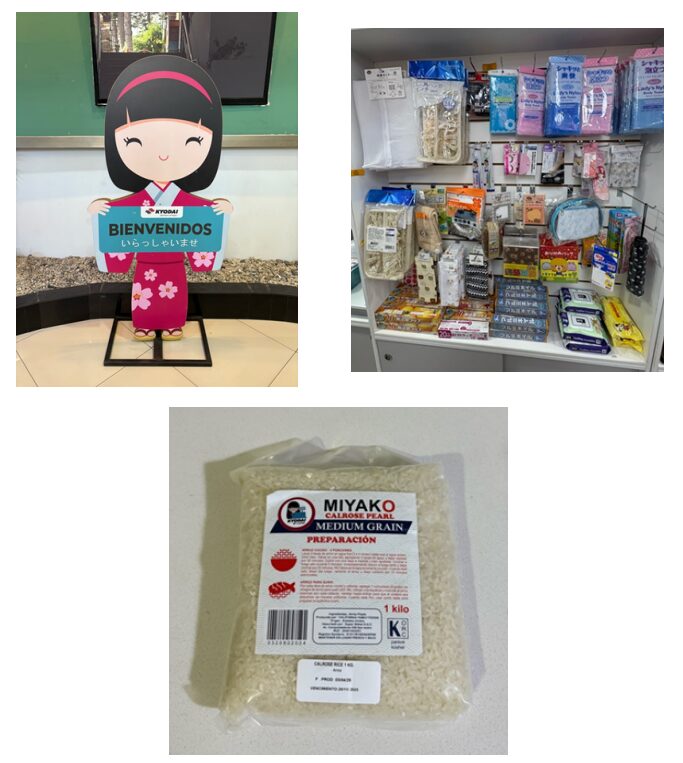Tomomi: This time, I’d like to share about meeting people with connections to Japan in Peru.
- Natasha

The first person I met was Natasha in Lima, Peru. She’s a teacher at a British school in Lima and is a very bright and friendly person 😊
At a café in Lima, we enjoyed lucuma cake (a famous Peruvian fruit) and coffee while having our first conversation. The conversation was so engaging that 2 hours flew by in what felt like no time!
Natasha’s connection to Japan was truly unique:
- As a child, she coincidentally enrolled in a Japanese school nearby just because it was close to her house, and began learning Japanese
- Using her violin talent, she obtained a scholarship to study in Japan (even with JAL business class!)
- After that, she lived in Japan for about 5 years while also working
Seeing Natasha smile as she said “I absolutely want to return to Japan again!” I felt the strength of her feelings toward Japan, which made me somehow happy.
We talked about many things about each other and had a wonderful time 😌

By the way, in Peru, drinking water is something you “buy” as part of the culture. At the café, water was served in stylish bottles, and I couldn’t help but take a photo. These little differences from Japan also become part of travel memories.
2. Suemi

On this day, I had an appointment to meet Suemi, a Japanese-Peruvian living in Lima!
She has roots in Okinawa and has been dancing Okinawan dance and Eisa since she was young. She even showed me videos of her performances. She treasures Japanese traditions even more than those of us living in Japan, and I felt the preciousness of cultural inheritance 😊
Lima has a large Japanese community, and active cultural exchange continues even today.
After enjoying lunch, we went together to “AELU,” a sports and cultural facility for the Japanese community.
The vast grounds include soccer fields, tennis courts, pools, and gymnasiums where sports and events are actively held. AELU is a place that Japanese people who survived the harsh post-war era began building in 1953 for the future of their children, completing it with support from the local community.
Now it has become a place of exchange open not only to Japanese people but to many people.

The facility includes exhibitions introducing the history of Japanese people and a store selling Japanese food products, where I couldn’t help but get some Japanese rice (laugh).
It was a day full of learning, touching on the history of Japanese-Peruvian people.
